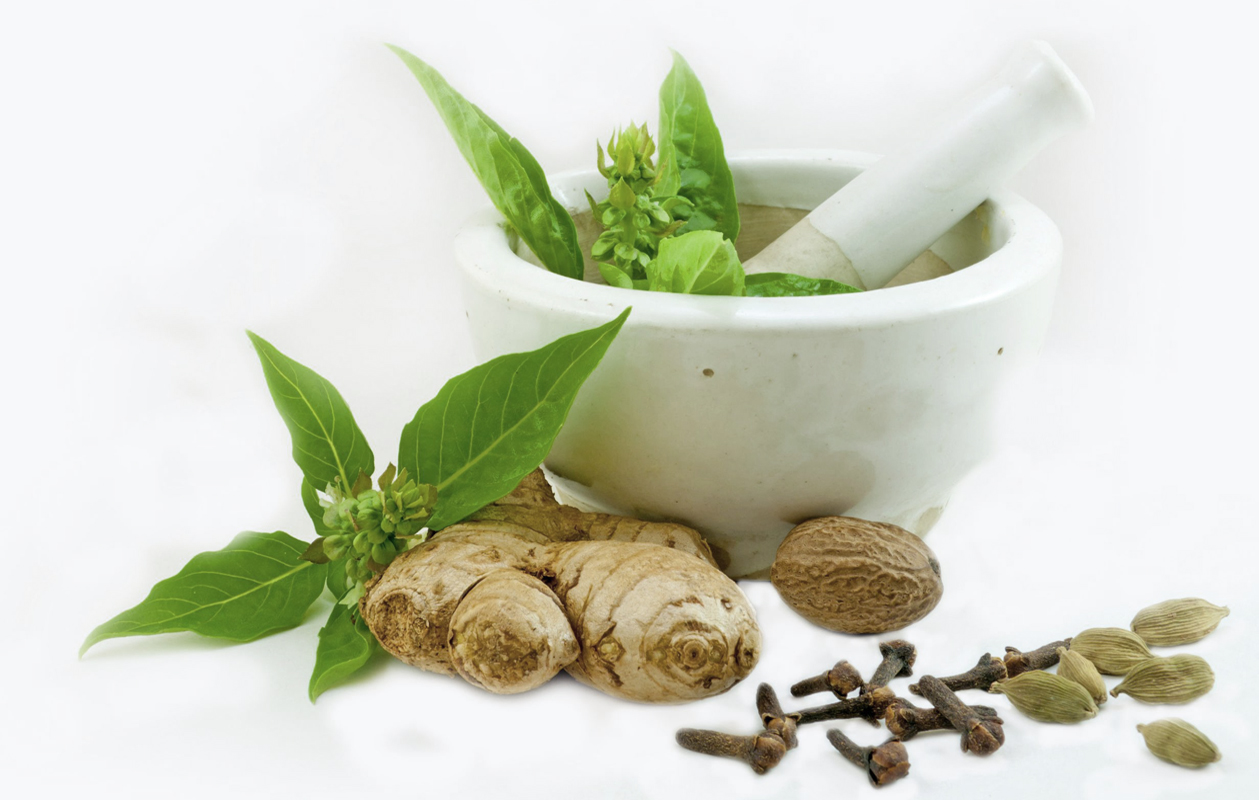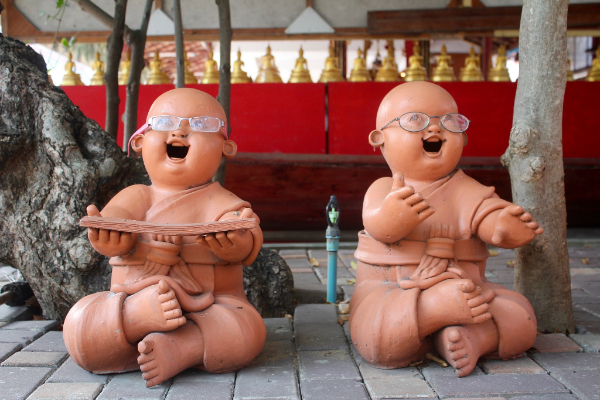Yoga Pose to Release Tension and Stress
Cow Pose for Stress Relief
It is no secret that yoga is great for releasing stress and tension, and is probably one of the best sciences for inducing relaxation and a peaceful state of mind and body. As the body heals itself best when it is relaxed, this ability of yoga to bring harmony and tranquility is certainly one of the reasons why it is such a wonderful healing modality and why it is prescribed so often for so many ailments. Now, all yoga is not necessarily relaxing.
There are plenty of yoga poses and exercises which promote high energy and are designed to counteract lethargy or depression. But of the exercises that do bring about a relaxed state of being, Cow Pose (Gomukh Asana) is certainly one of the best.
Another great thing about yoga, is that it can be practiced by kids, adults and seniors, and poses which have certain benefits, offer those benefits to whomsoever practices them. Thus you can also have your kids practice this pose as well if you wish to help them calm down and get centered.
More Yoga Poses to Release Tension:
Equally as good as physical yoga postures to promote relaxation are of course yoga breathing exercises and meditations. So below I have provided you with some breathing techniques and meditations which will help you de-stress. Also below are a few more yoga poses which are ideal for those looking to get rid of anxiety and find peace.
Deep Relaxation with Yogic Breathing | Bhramari Pranayama
Yogic Breathing for Insomnia | Ujjayi Pranayama
3 Minute Meditations for Fast Relaxation
Best Relaxation and Stress Relief Pose
More Yoga Exercises and Stretches:
In addition to the exercises and poses above, you will find more yoga techniques in the following 2 online collections – Free Hatha Yoga Galleries and Free Kundalini Yoga Exercises. Cow Pose will also be added to these collections, as all new poses are indexed there.
For Yoga and Meditation Certification Course Students:
For students enrolled in the Online Yoga Teacher’s Training and Certification Program or Online Meditation Certification Program, please note that this is not the easiest pose to take, so please ensure that your students and clients are not forcing their bodies into this posture.
Caution: Cow Pose should not be done by those with knee problems, and those with severe back or neck issues, should be extra cautious and at minimum use a strap as explained in the practice section below.
Yoga to Release Tension – Cow Pose
Below please find details of how to practice Yoga Cow Pose, along with illustrations, step-by-step instructions, benefits and practice tips.
Cow Pose Illustrations


A. How to do Yoga Cow Pose:
- Start by sitting up straight with your legs crossed.
- Next bring your right leg further over your left leg such that your right foot is close to your left hip. Be careful not to strain your right knee when doing this and only go as far as comfortable.
- Next bring the left ankle closer to the right hip with the intent of having the knees one of top of the other. Try not to lose the alignment of your spine and neck as you come into this posture.
- In Illustration #1, Trupti is showing a variation of Cow Pose, where the arms are simply kept out to the side. So try this variation first to get accustomed to the leg position. Once you have taken the pose, breathe long and deep and feel the tension melting away with every breath. After about a minute, switch sides and repeat.
- Once you feel comfortable with the easier variation, try the formal arm position. For the arm position bring your right arm over your shoulder as shown in Illustration #2 (like you are going to scratch your middle back). Then bring your left arm up shown and reach towards your right arm. If possible clasp the fingers of your hands together. This is the final posture for Cow Pose. If you are unable to clasp your fingers that is fine, use a strap or small towel and hold each end, pulling your hands as close as comfortable with excessive strain.Remember the shoulder and elbow joints are quite sensitive so don’t force the arms and incur injury. Just practice consistently using a strap and as your flexibility grows you will be able to form this posture.
Again do long deep breathing and feel yourself relaxing more and more with each breath. After 1 minute, switch sides for legs and arms once done and repeat.
B. Duration:
- Do 1 minute per side and build up to 3 minutes per side.
C. Cow Pose Benefits:
- Helps release stress to promote peace and relaxation.
- Helps improve the flexibility of your hips, knees, shoulder and arms.
- Helps release tension in the shoulder, back and neck.
- Good for the kidneys and combating high blood pressure.
D. Practice Tips for Cow Pose:
- This tip is not just for Cow Pose, but for whenever you are using yoga as a tool for stress relief. Do the yoga poses more slowly, with full awareness and also hold them for longer periods to time. This method will help induce greater calmness than fast, quick movements.
- I want to repeat the caution of being careful with your knees and shoulders for this pose. It is worth warming up and doing this posture after you have done some simple stretches.
- See if you can figure out why this pose is called Cow Pose :-).
PS: If you enjoy this pose or any other article on Mastery of Meditation and Yoga, please do share them with your friends. I appreciate your support.









